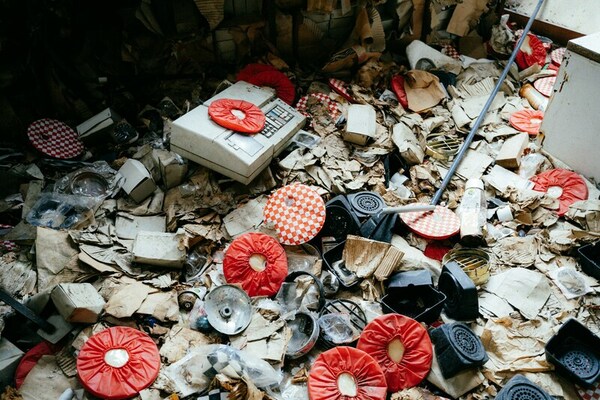Class distinctions in automated domestic waste classification with a convolutional neural network
(1) The Harker School, (2) GRASP Laboratory, University of Pennsylvania,
https://doi.org/10.59720/24-245
Over the last two decades, there has been little improvement in recycling practices. However, there have been increasing efforts to address this issue with neural networks, specifically in the waste classification task. Currently, the recycling process is dependent on people sorting waste into a set of categories that can feed into recycling centers where the bulk of the recycling process occurs. By using neural networks to sort waste instead of human judgement, any issues with human subjectiveness or lack of knowledge can be circumvented. Most research to date has focused on the varying levels of success of different algorithms in sorting recyclables. However, the importance of the dataset itself has largely been ignored. Many datasets used in waste classification research have classes that do not sort the data efficiently. The goal of this study was to develop a comprehensive dataset and explore how different classification schemes affect accuracy. We hypothesized that adding more classes would improve the accuracy of the model. We generated five models for each of the four different types of classification schemes we used. Additionally, we ran half of the same models on TrashNet, another waste classification dataset. We concluded there is a high likelihood that there exists no correlation between the classification schemes and the resulting accuracies for the waste classification task.
This article has been tagged with: